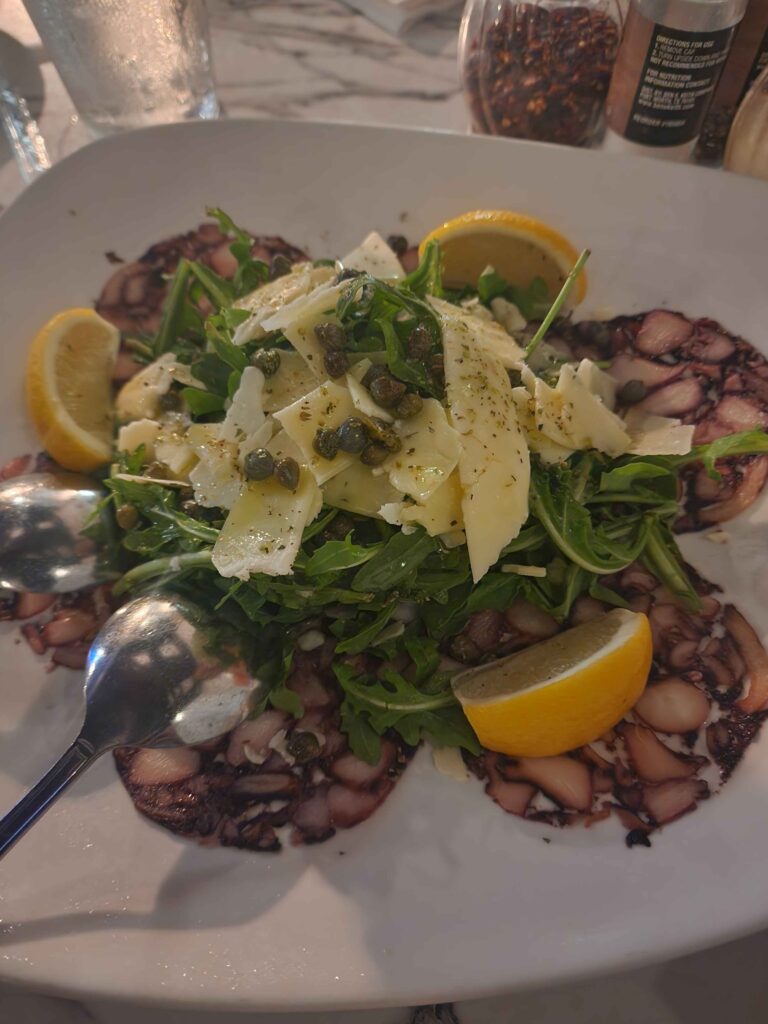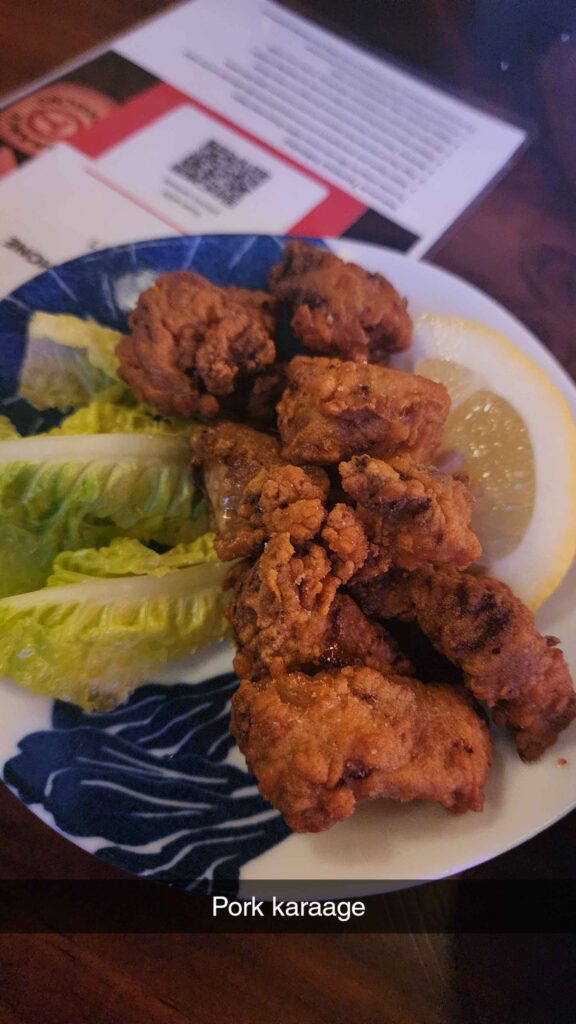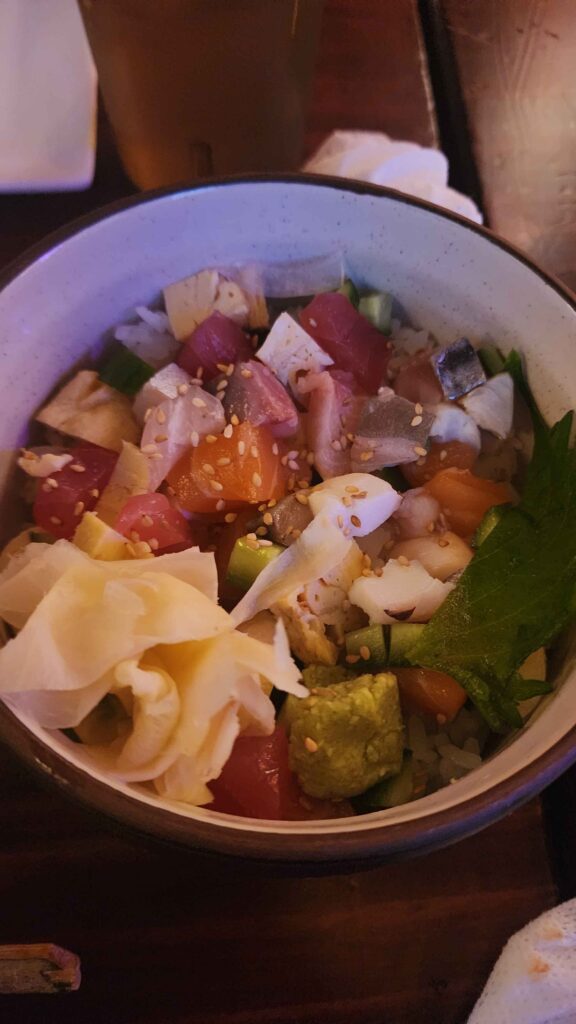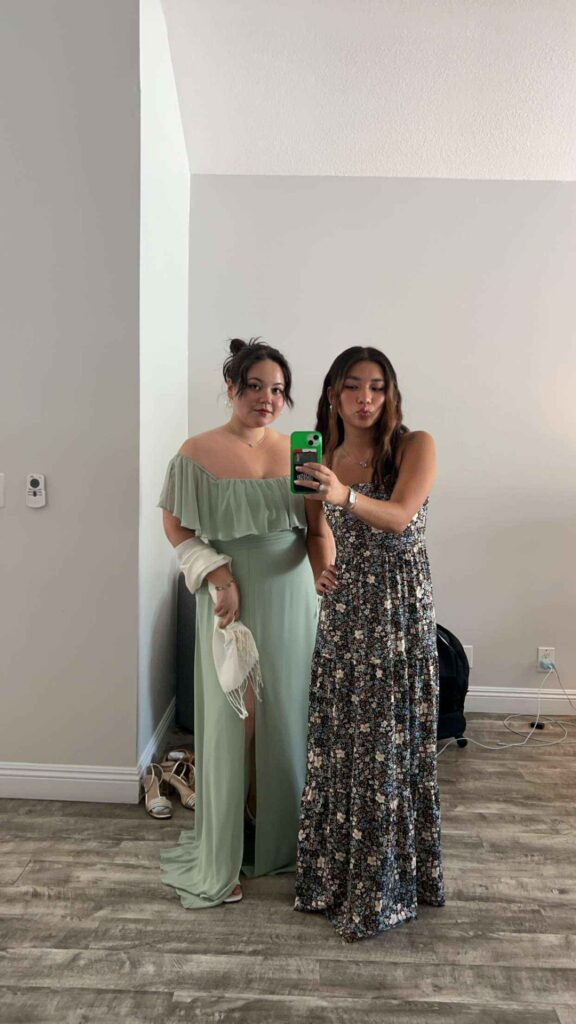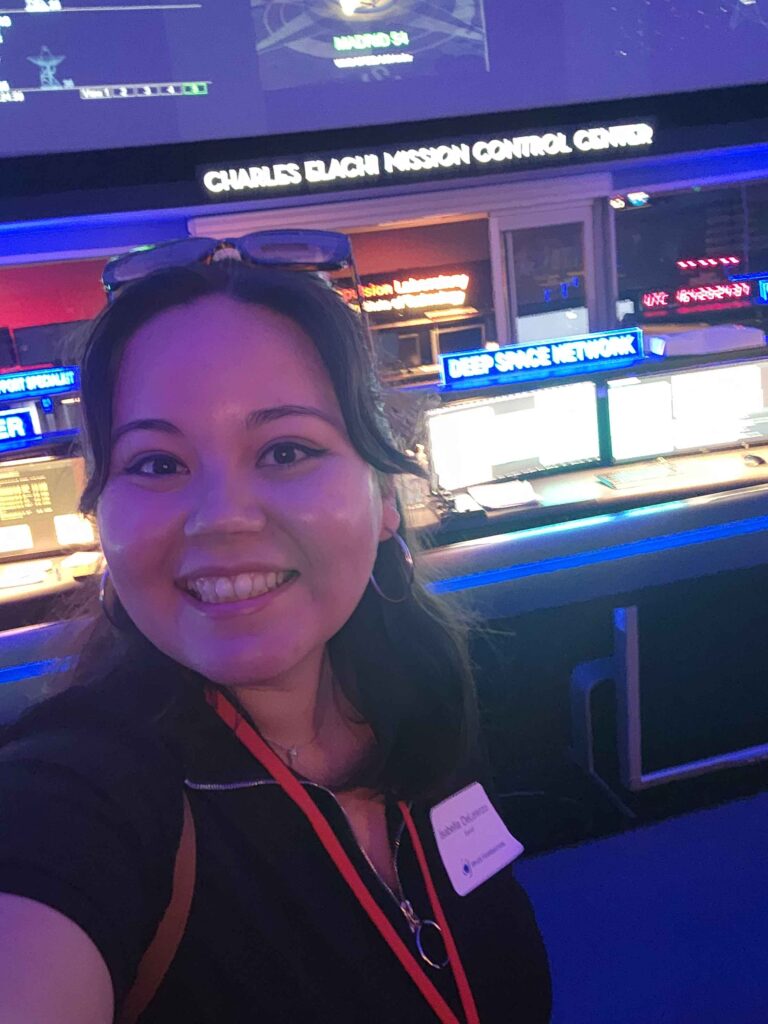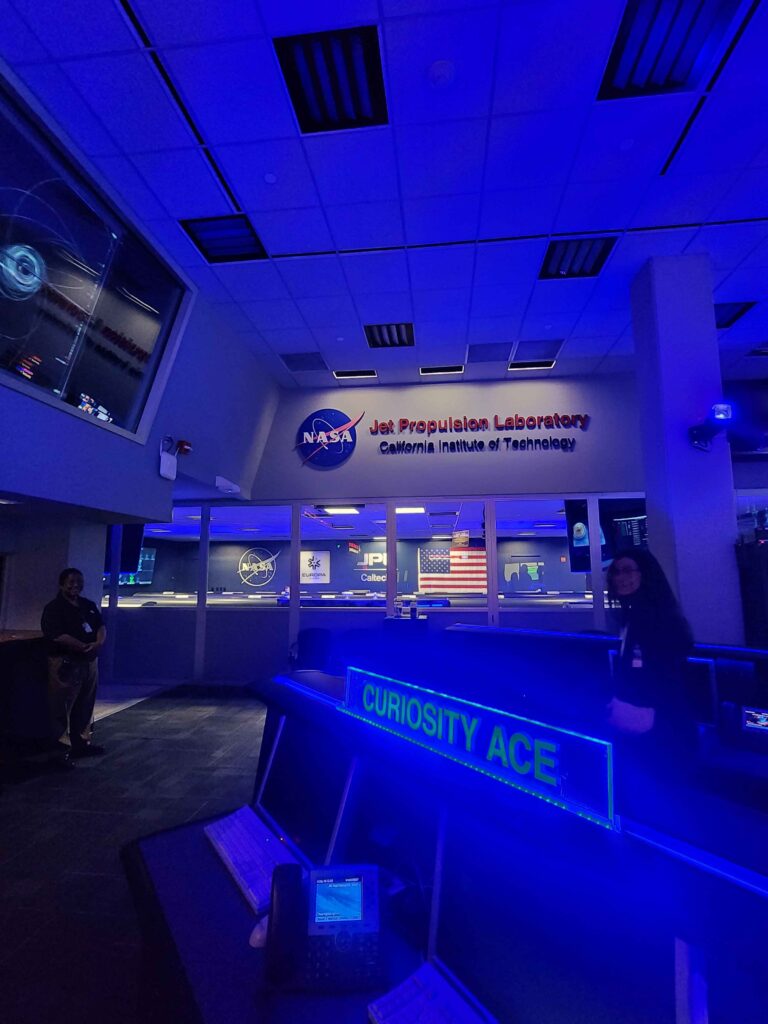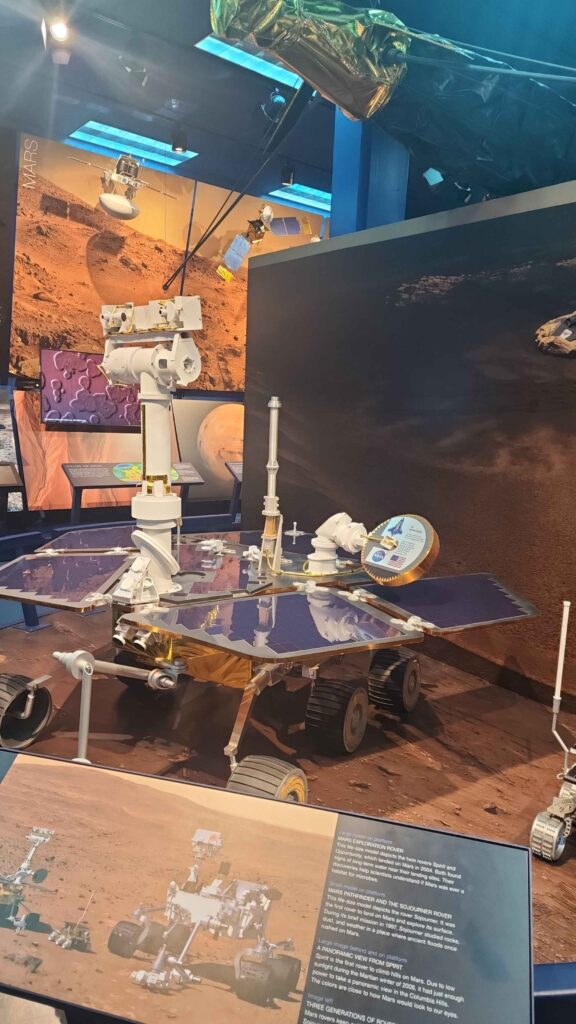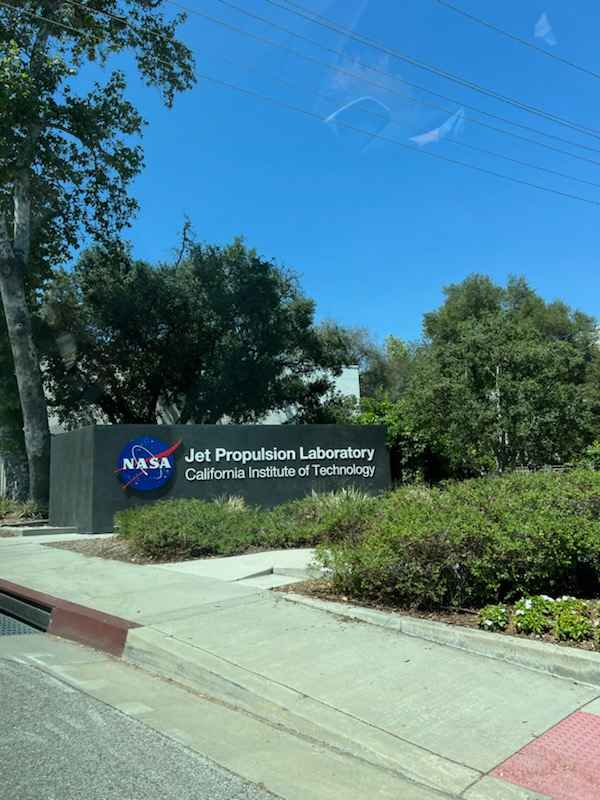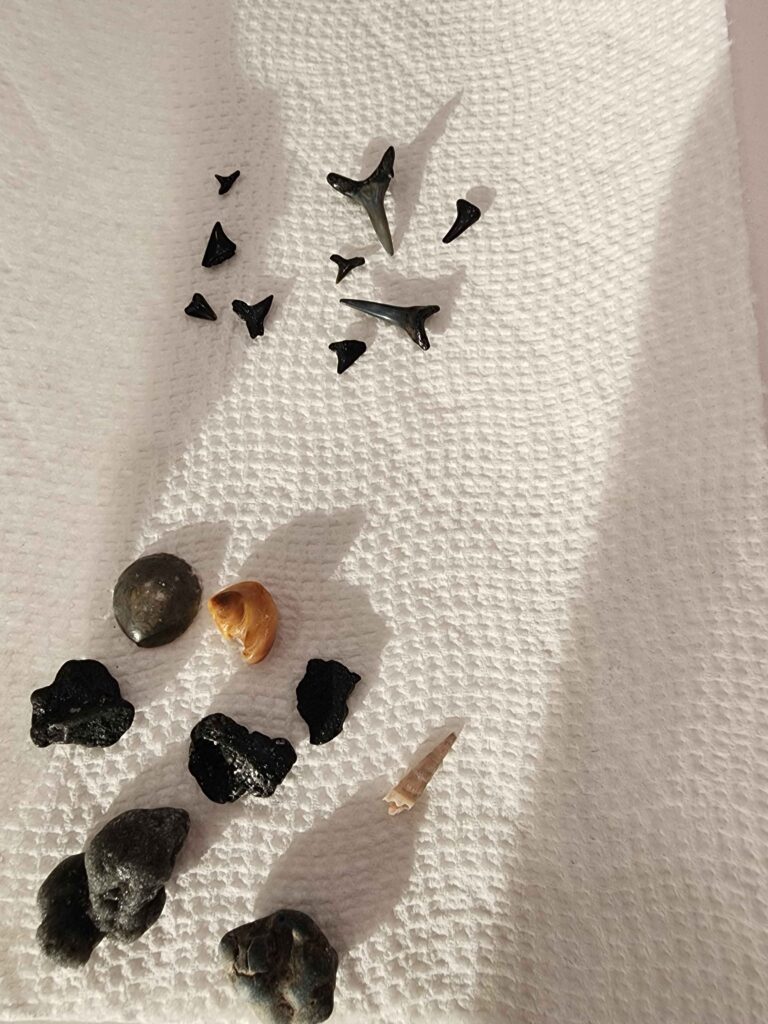It’s been a while since I’ve written a post on some tips for students. There are a few things that I think are really important for freshman, and even students in other class standings/years, to know and consider.
- Start finding your future roommates early
- It seems super early, but start to look around you (in your friend groups, clubs, etc.) mid-Fall to figure out your roommates for the next year. Discuss options with the people that you want to live with and how compatible you will be (noise levels, room temperature, bedtimes, etc.). This way, by the time you need to sign up for housing (or even look for somewhere off-campus), you know what you all need and can approach it quickly as a united front to snag the best option for housing as soon as possible. This was my key to housing success each year. Best thing I’ve done.
- Take advantage of studying in a group
- You and your friends don’t necessarily need to talk to each other or study the same things but having even just one or two people around while you study will give you that extra accountability to focus. This will push you to get so much more done and be so efficient. Take advantage of having all your friends live close together (especially when you’re on campus).
- Apples and Oranges
- Apples and oranges are your best friends. I’m allergic to apples, so in my case I just eat a lot of tangerines. During midterms, exams, busy months, etc., you are going to resort to some burgers, fast food, etc. to get something easy and quick to fuel you while you are doing your homework. The BEST thing you can do for your health is to go out and buy a huge, cheap bag of apples and/or oranges from Costco, Walmart, etc. Then, every morning throw like 1 or 2 in your backpack to snack on during the day. When you are constantly busy and on the move, this will help you to get some fruits and healthy stuff in your diet. I still do this haha.
- Find jobs
- If you can take the workload, try to look for paying jobs as soon as possible. There are some really great opportunities on campus if you cannot travel off campus. Making income as soon as possible will really help you further on though as you start to need to pay for things like rent, food, gas, etc.

















